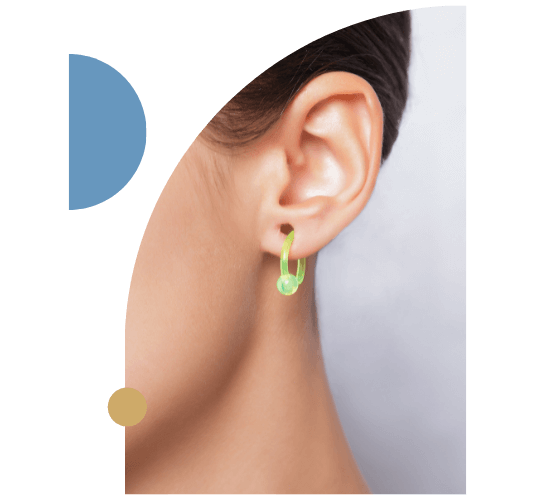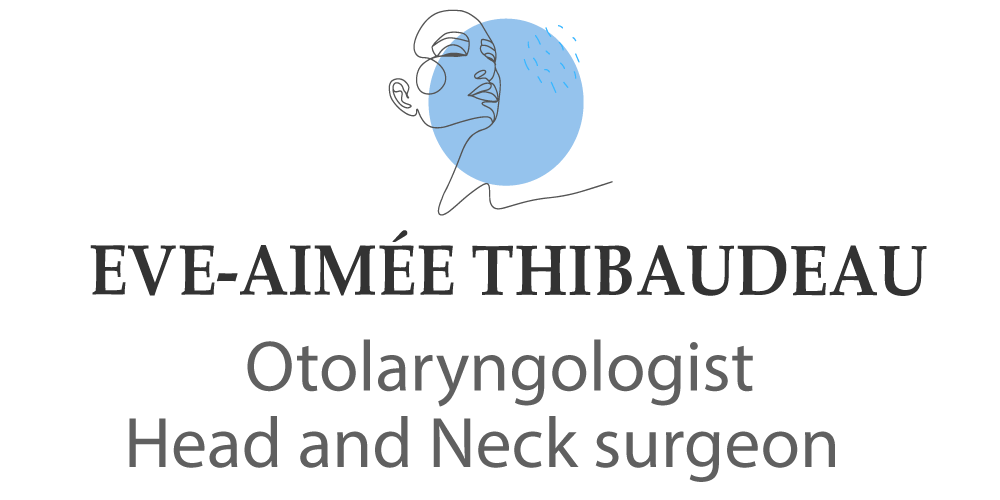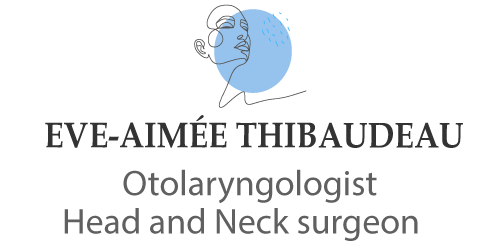This intervention, performed under local anesthesia, consists of repairing the lobule of the ear after it has been torn or stretched, often because of a piercing. This is a delicate surgery that requires the skills of a specialized surgeon. Earrings can be worn again six months after the procedure.

Indications for lobule reconstruction
Any deformity of the lobule can be treated: some lobules are naturally too large and you may want to reduce their size, or the earlobe may have been stretched by a piercing or have suffered a traumatic laceration.

Procedure
Excisions are removed under local anesthesia at the Place Versailles clinic.


The consultation to determine if you are a candidate for the procedure can be done by Dr Thibaudeau in the context of an appointment. Alternatively, you may send pictures to our clinic staff (see contact page), and book an appointment for your procedure directly. Dr Thibaudeau will still take time with you before the intervention to review the risks and benefits of the intervention, as well as post-operative care instructions, before performing the procedure.

Experience
At the time of intervention, the surgical area will be thoroughly cleaned and disinfected.
Lidocaine will be injected to provide local anesthesia.
The surgery time will vary according to the complexity of the reconstruction (each ear is unique!), but is generally under 60 minutes for both ears.
The wound is closed with resorbable or permanent sutures, depending on each case. If permanent sutures are used, they will be removed after seven days.

Safety
Like any surgery, earlobe reconstruction presents the universal (but minimal) risks of scarring, bleeding and bruising, infection and pain (temporary or rarely permanent).
The main risk of any aesthetic surgery is to be dissatisfied by the results. This is risk is minimized by a thorough analysis of your desires and expectations by Dr Thibaudeau prior to the surgery. Tissues heal differently from one patient to the next, and this cannot, unfortunately, be controlled by the surgeon. There is always a risk that individuals will heal in a way that produces asymmetries or abnormal scarring that may require corrections.
Perfect symmetry does not exist in the human body, and ears always present underlying asymmetries that do not resolve after surgery. This is rarely problematic, but some patients become more aware of asymmetries after an intervention. Pre-operative photos are always taken to document pre-existing variations.

Time
The surgery time will vary according to the complexity of the reconstruction (each ear is different!), but is generally under 60 minutes for both ears.


